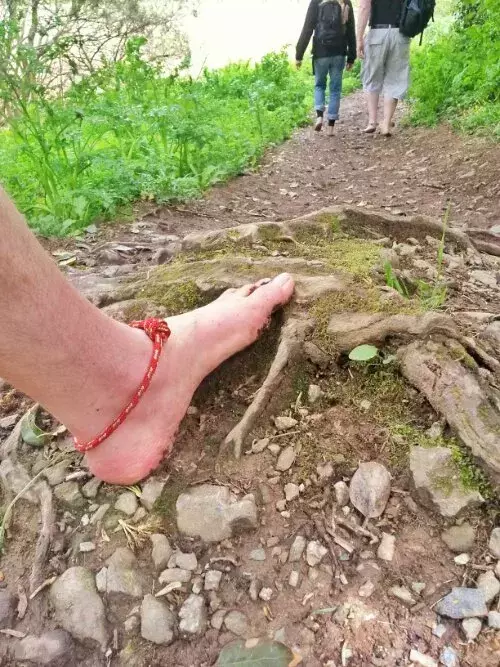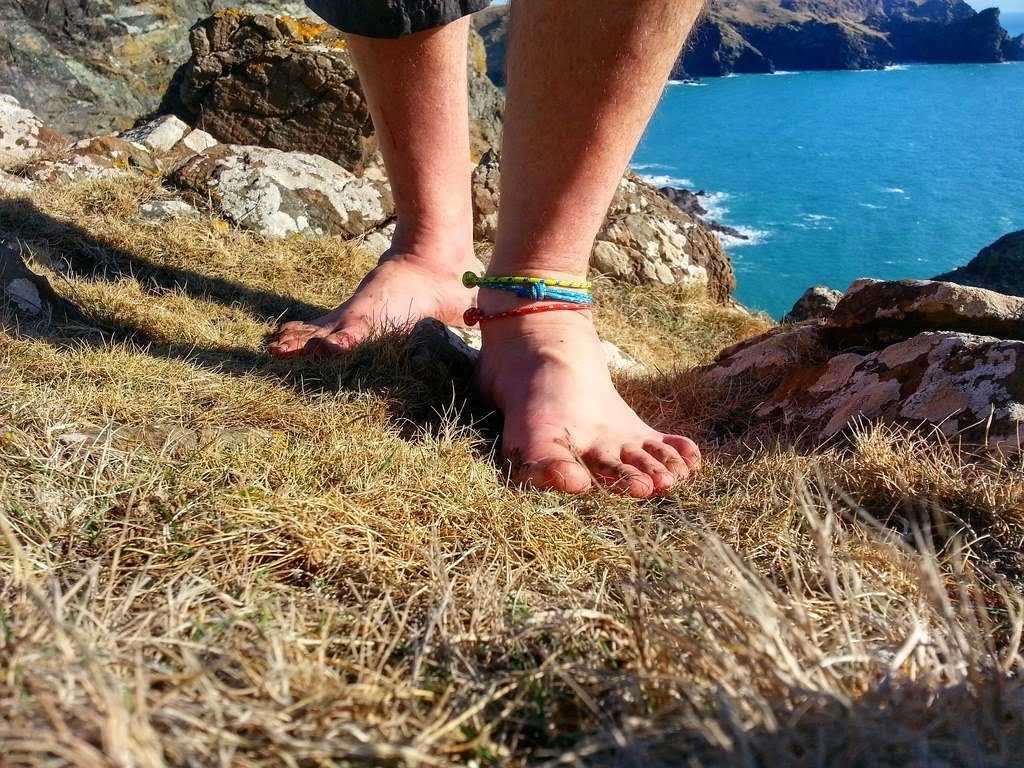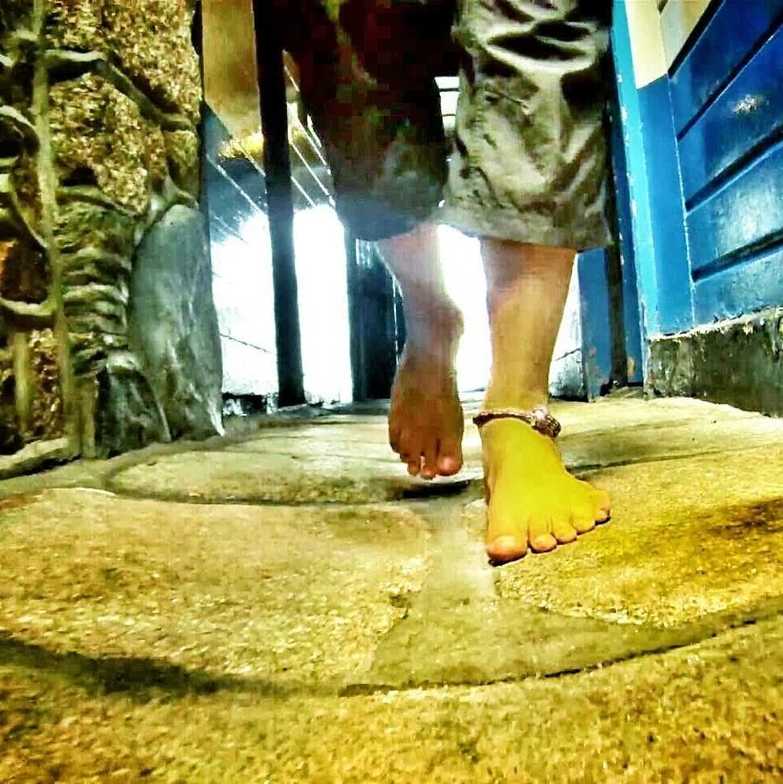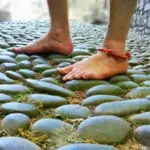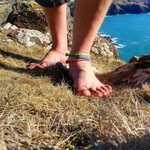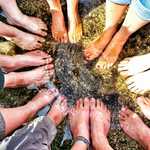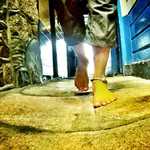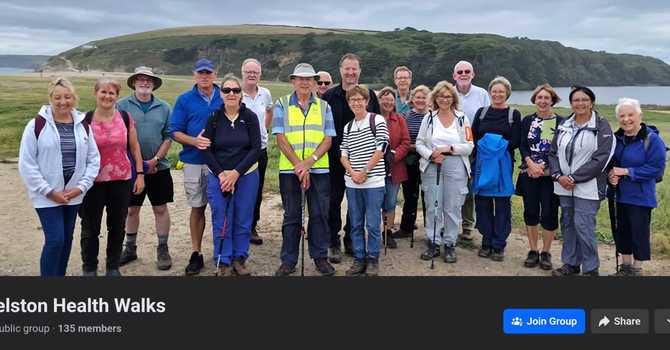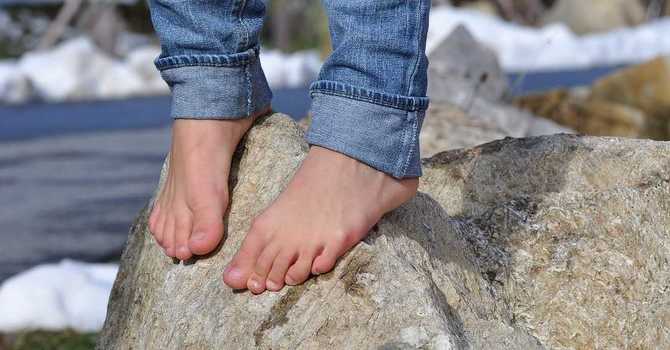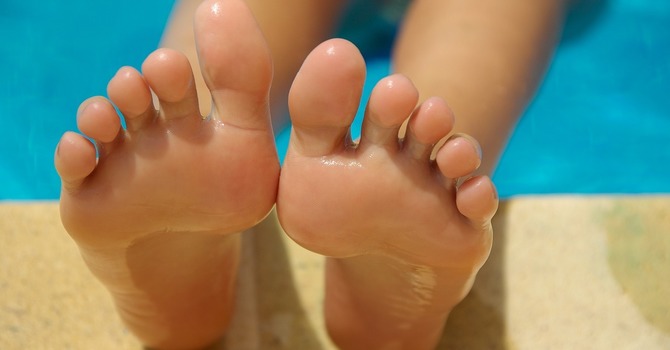Spring is an excellent time to start exploring the natural environment, & what better way can there be than taking off our shoes & using our feet the way nature intended.
I started my personal barefoot transition in the Spring of 2010.
The biggest lesson I’ve learned is that human feet are for more capable than most people imagine.
And the best advice I can give is to “take your time!”
Don’t rush the transition, nor try to do more than your body can cope with, too soon!
If you want to go on barefoot hikes & you take it carefully, you’ll soon be amazed at what you can achieve.
Human Feet can Adapt
There are many adjustments for the body to make if shoes have been worn for many years.
Firstly, the tender skin on the soles of the foot needs to thicken and toughen up. The skin on the soles of our feet (and palms of our hands) is unique in that it has the ability to form protective layers. It responds over a period of weeks and months of gradual exposure to rough surfaces. It is best to walk barefoot in the house initially. Then starting outside with soft natural surfaces like sand, soil, leaves, moss and grass. Then increasing the roughness of the surface, including tarmac, and also try to increase the size of the gravel you walk on, till you can tolerate almost any surface.
Depending on how many years you have been in shoes your feet will vary in how long they take to adapt. Some people need to start with as little barefoot walking as five minutes, gradually increasing the time spent outside barefoot. The soles of your feet may tingle the morning after walking barefoot walking. This tingling should not persist for more than a couple of days. If it does, you know you are transitioning too fast.
Some people use skin emollients like Flexitol Heel Balm, or CCS Foot Cream as a protection from dirt staining the skin and helping to keep the skin supple and avoid cracks. Generally, although the skin thickens as a natural response to walking barefoot, it doesn’t become calloused. In fact it is more like soft leather. Some people may take up to two years to fully condition the skin to its true, natural, potential strength and thickness.
Secondly, the muscles of the foot, leg, hips and back will gradually need to be strengthened, and sometimes stretched, to revert back to natural gait from the adaptions the body has made to shoes. This is particularly true of the muscles of the long arch of the foot. They are very often atrophied and very weak. It is believed this is due to the bracing effect which shoes have on feet, leading to wasting of these important supportive muscles. Many people find that doing specific strength training exercises for these muscles makes a big difference to how well they can cope with walking barefoot. It’s like training any other part of our body. We should start gently, and slowly increase the load or effort involved so as to safely strengthen our muscles and prevent injury.
A great place to start restoring natural foot function is with exercises demonstrated very clearly by The Foot Collective. As a registered TFC Pro I highly recommend this website as a source of reliable advice about foot health.
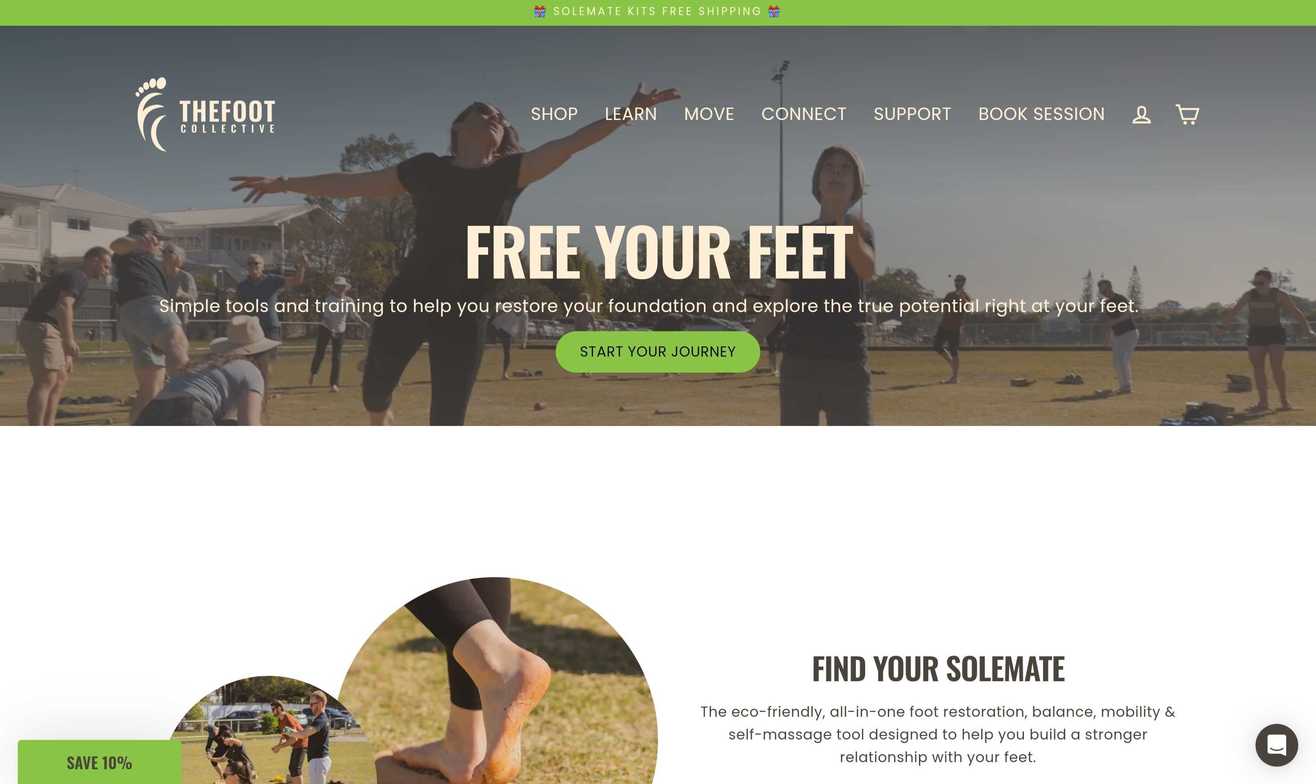
To get you started try this: Restore Natural Foot Function
Thirdly, another important aspect of this transition is neurological adaption. There are up to 200,000 sensory nerve endings in the foot. When shoes are worn, tactile sensory perception is dulled. So, on walking barefoot, the nerve endings will give a sensation of pain as a result of a sudden increase in the level of sensation. And possibly nerve pathways to the brain need to be created to cope with the wider variety of different sensations the feet are now exposed to.
Over a period of time walking barefoot, these painful sensations moderate and differentiate, so as you will be able to sense touch, texture, vibration, shearing stress, temperature, pressure and pain. You will be able to feel a variety of textures and sensations just like your fingers and hands.
The gradual adaption of feet from being weak and needing support, to being strong and able to support themselves is possible for most people who understand the process. It is also a satisfying experience and achievement, bringing with it better foot health and improved posture.
Most people who walk barefoot have amazingly good balance and postural support. Which means they are less likely to fall. After just a few weeks of walking barefoot your sensory awareness will improve so that you will be more aware of your surroundings.
The big risk in transitioning is proceeding too quickly so you experience problems before your feet and legs have properly strengthened to cope.
There are lots of benefits, but a slight increased potential risk of poor traction on wet, slippy and muddy surfaces. Some of this is compensated for by improved response time when starting to slip, due to more tactile sensory awareness and improved postural stability. However, increased traction can be obtained from wearing minimalist shoes which have off-road traction soles. Like Vibram FiveFingers and Vivo Barefoot Shoes. They have increased sensory perception compared to normal shoes by using very thin soles and reduce the bracing effect of stiff shoes by being extremely flexible. They are a compromise as they do not give all the benefits of barefoot walking, but do give increased traction.
With a little patience though you should find that your own skin will toughen and your sensory perception will be enhanced so that you are safe on most surfaces.



